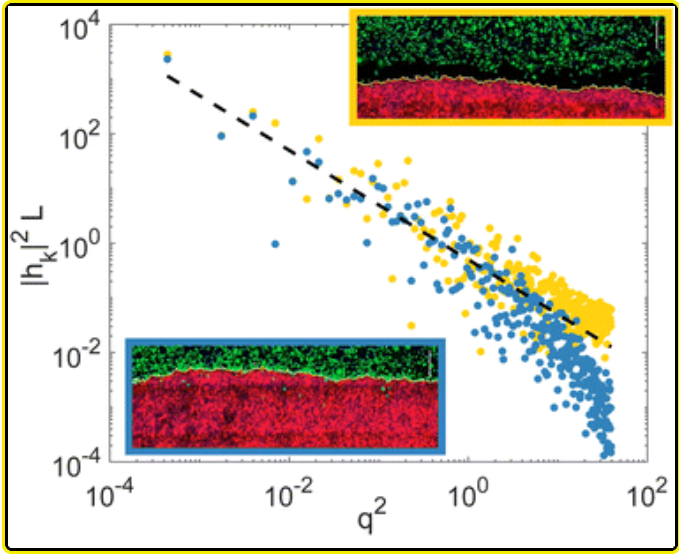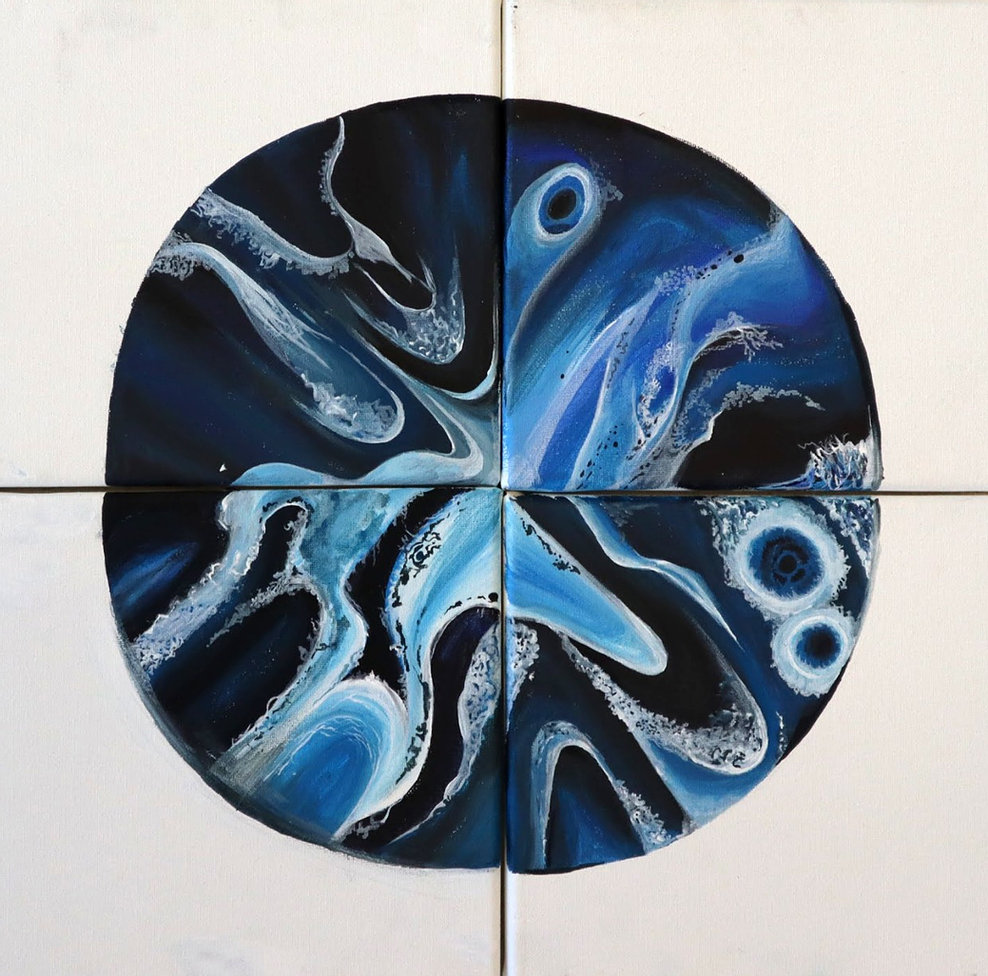Our lab uses theoretical and computational techniques to study a wide variety of soft condensed matter systems both in and out of equilibrium. How do we explain the way disordered solids maintain their rigidity, and also how they fail? What can simple models of active matter teach us about the collective behavior of cells in dense tissue, or about how birds flock? We focus on the role of topology and topological interactions in protecting system behaviors even in the presence of strong fluctuations – this allows us to make strong predictions about how a system responds to perturbations even when using extremely simplified, coarse-grained representations. We employ data-science-driven techniques, working closely with experiments, to formulate precisely tests that can discriminate between different theoretical approaches. And we ask how novel broken symmetries in coarse-grained descriptions of living matter leads to new phase transitions in models of soft living active matter.
See below for a rolling list of recent group news!
Helen’s work – which further reveals how the disordered glassy behavior of the Voronoi model may be controlled by a novel critical point – has been published as a letter in Physical Review E!
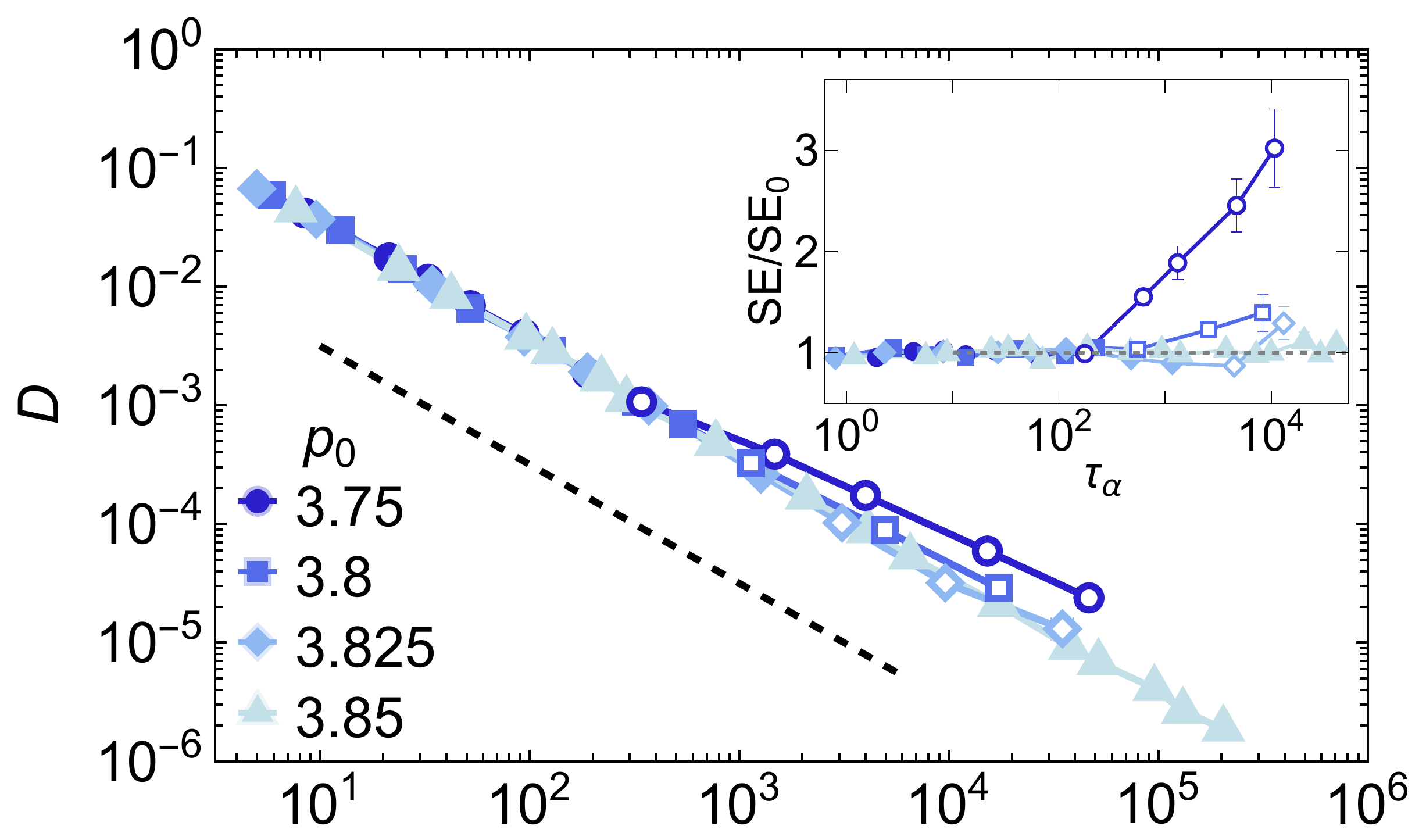
Graduate student Katrianna Sarkar joins the group – welcome, Katrianna!
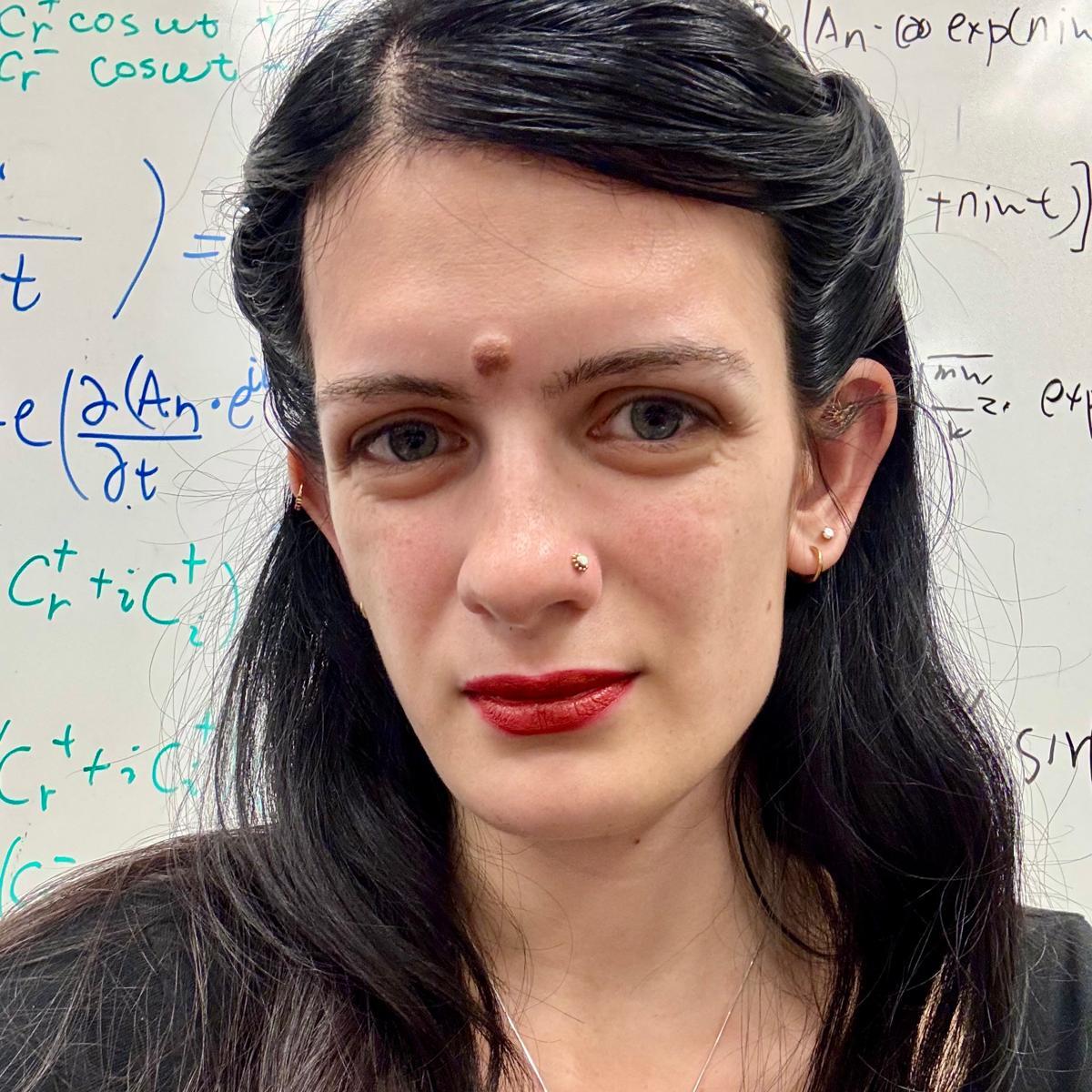
Two students in one week? Today Tomilola Obadiya had an outstanding Ph.D. defense, and I couldn’t be more proud of the work he’s done and the scientist he’s become. Tomi has been an enormously positive influence on the group — setting the culture, always encouraging those around him, being a model of scientific integrity — and while I’m excited to see what he does next I’ll be sad to see him leave. Congrats, Dr. Obadiya!
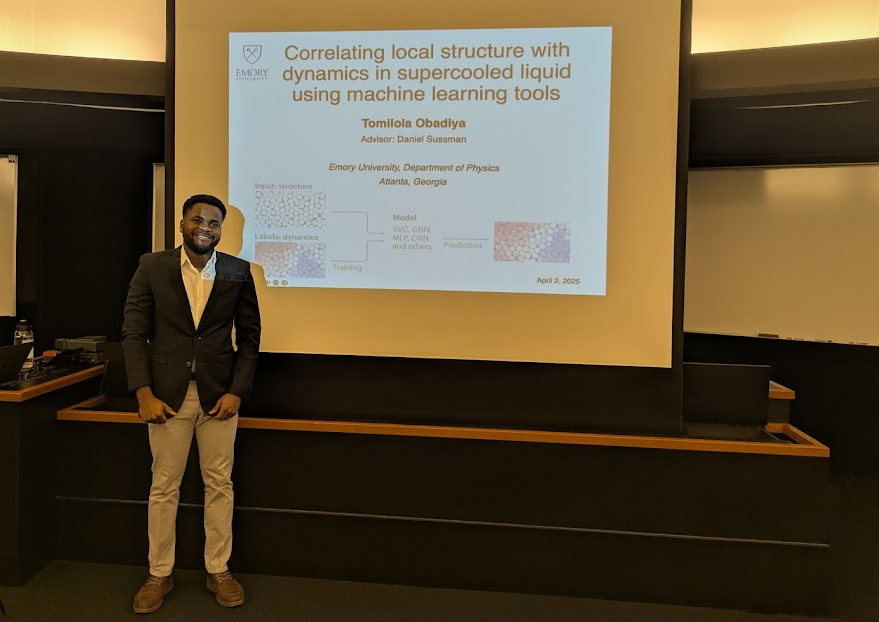
I’m enormously proud of Charles Packard, who had an excellent Ph.D. defense today! It’s been amazing to see Charles grow into an independent scientist over the last five years, and he brought so much to the group. I look forward to learning more from Charles in the years to come — congrats, Dr. Packard!
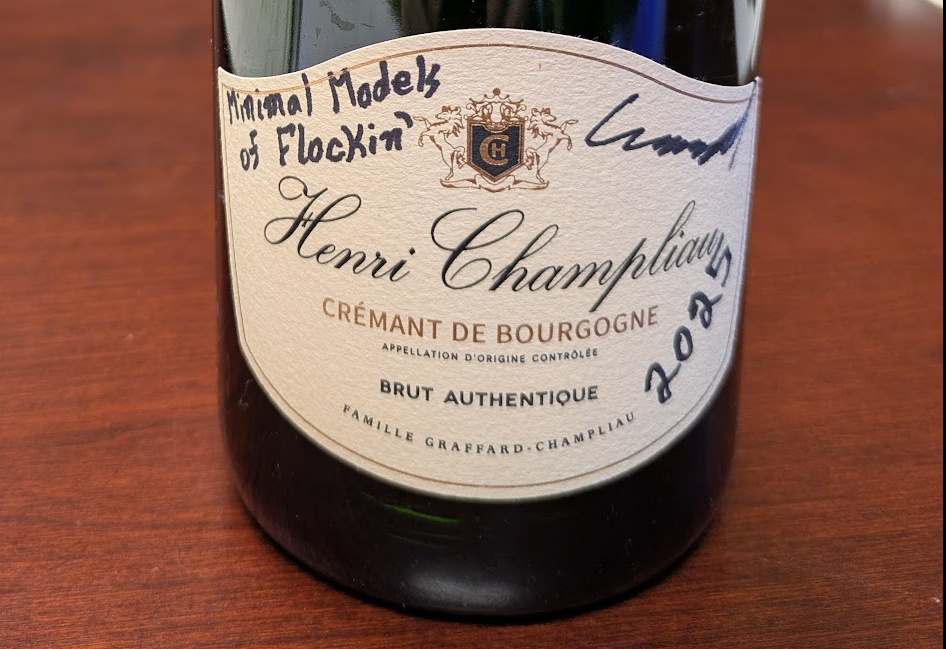
This year at the March Meeting: Helen Ansell was a finalist for the GSNP Postdoctoral speaker prize, Chengling Li gave a fantastic talk on his recently published PRL, and Daniel organized a pair of focus sessions on “non-reciprocity in soft and active matter”.
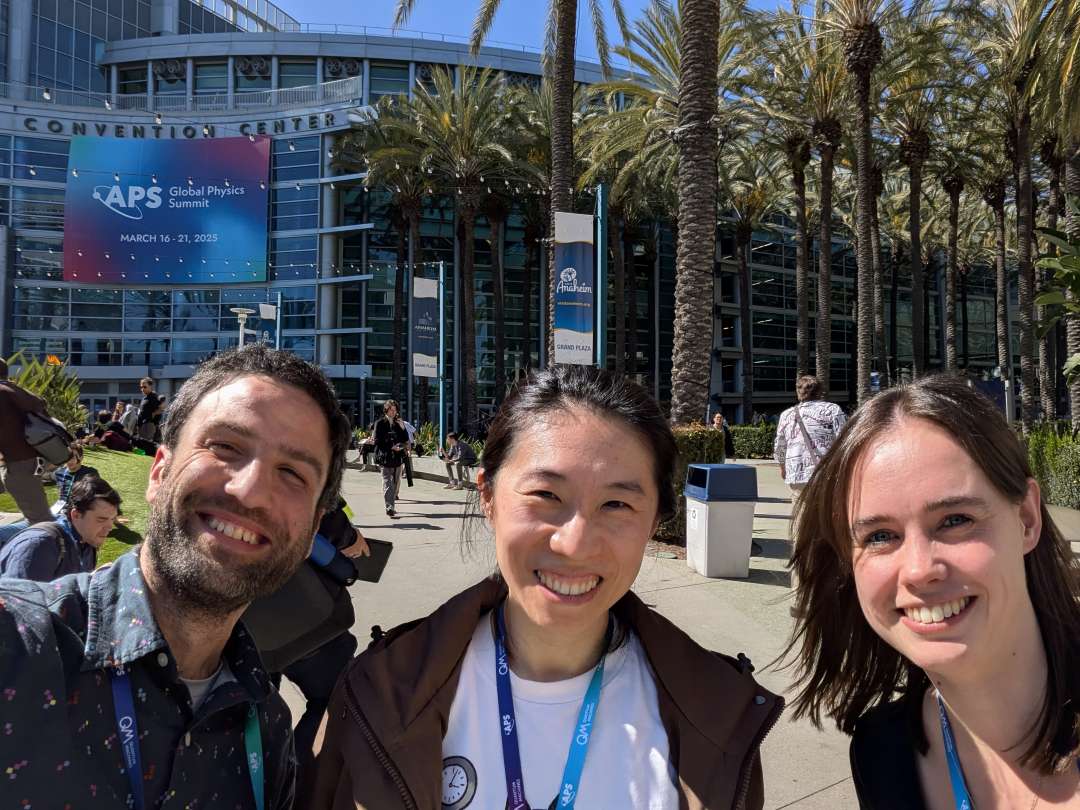
Daniel and Michael Czajkowski continued their partnership with Science for Georgia and the Atlanta Science Festival for “an exploration of the physics of disordered solids, and answers to the questions you never knew to ask about ice cream.” Thanks also to the Southface Institute for hosting us and letting us use their space for the second year in a row!
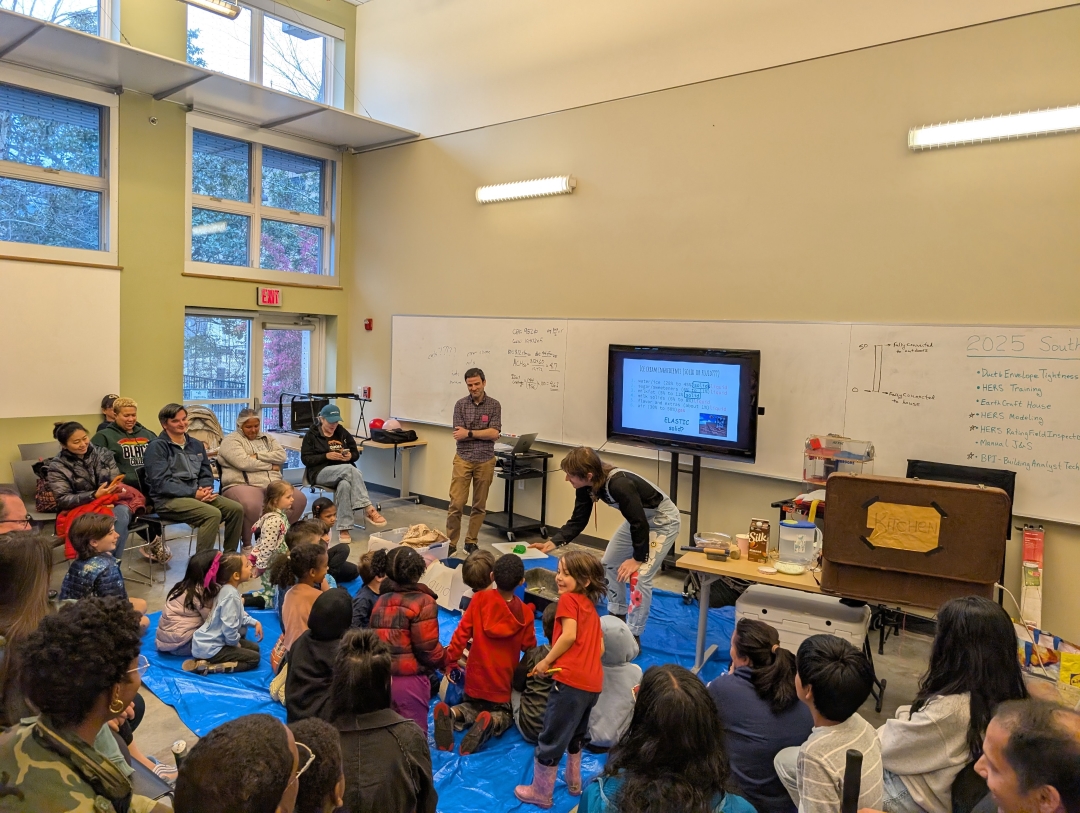
Charles’ work — numerically studying million-particle-scale simulations of Voronoi flocking models and understanding their dynamical phases — has been published in Soft Matter!
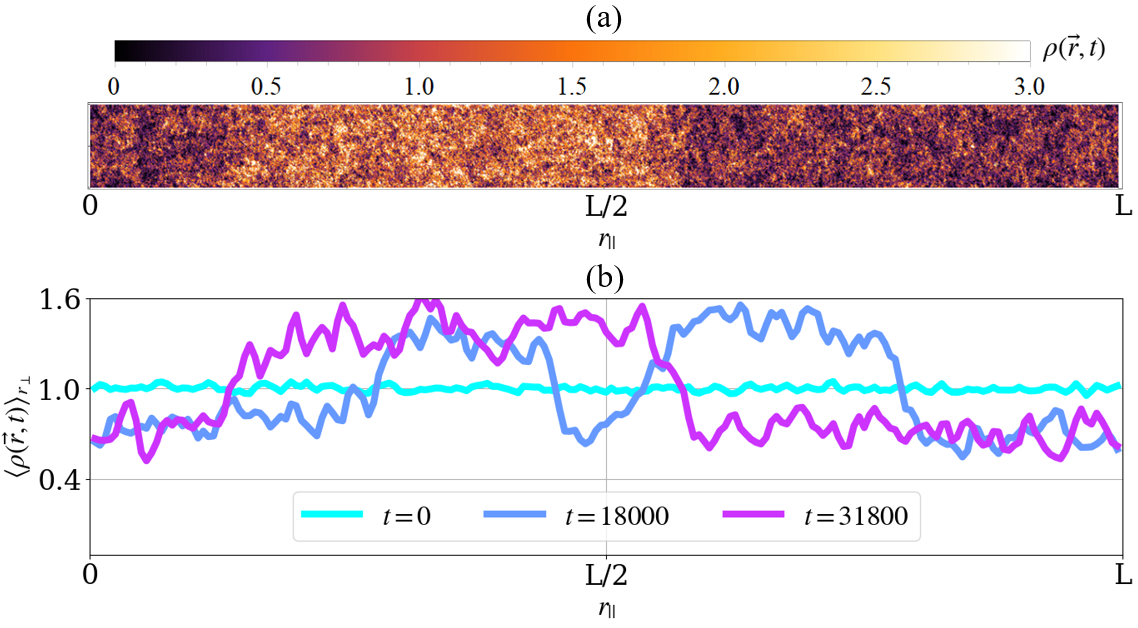
Toler’s work — a massive effort combining classical physics and discrete differential geometry in order to implement many-body simulations of particles on curved surfaces — has been published in Computer Physics Communications!
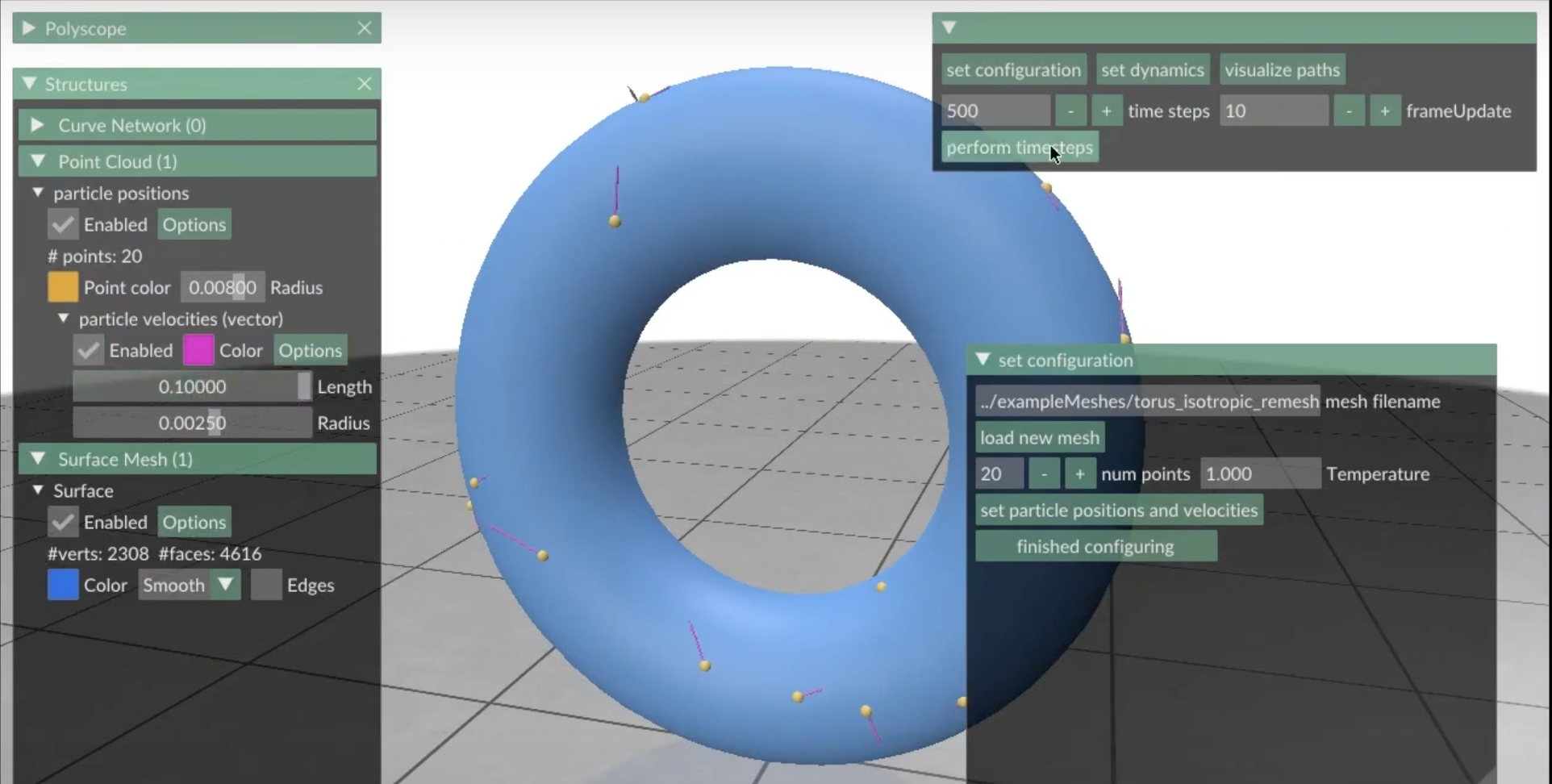
Chengling’s work — which studies the connection between the unusual “sub-Arrhenius” dynamics of cell models and their mechanics — has been published in Physical Review Letters!
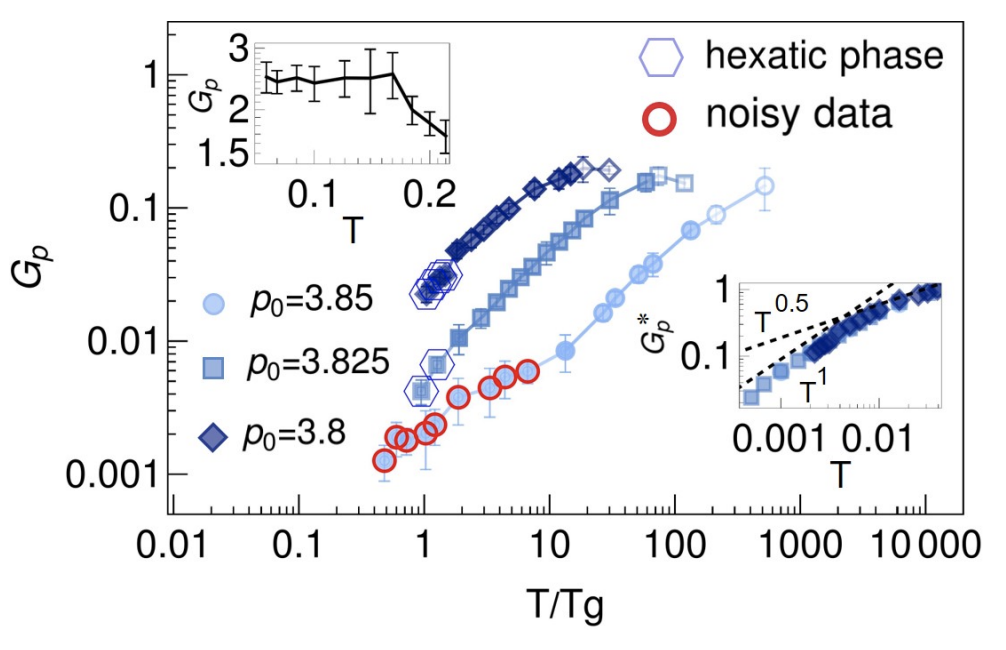
Our work — combining simulations, Brownian bridge models, and an analysis of existing experiements and investigating the “topological sharpening” that occurs at the interface between cell populations — is published in Soft Matter!
